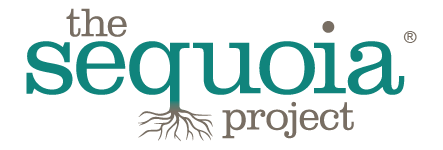Parent organization, The Sequoia Project, to update corporate structure while remaining 501(c)3 Non-Profit
(Vienna, VA – May 10, 2018) – The Sequoia Project, a non-profit dedicated to solving health IT interoperability for the public good, announced today its intentions to update its corporate structure this summer. The new corporate structure will reflect the continued maturation of the organization and the significantly larger role that The Sequoia Project plays as the central convener for interoperability. The updated corporate structure will result in The Sequoia Project having two distinct subsidiaries; one for eHealth Exchange and one for Carequality. The eHealth Exchange is one of the oldest and largest health information networks in the U.S., and Carequality is an interoperability framework that makes it possible for different health information networks to share records with each other electronically. The new corporate structure will assure that each of these vital initiatives has the governance and management resources that they require to continue flourishing. The eHealth Exchange plans to become a member and implementer of Carequality later this year, thereby extending the eHealth Exchange’s reach to all other networks that also participate in Carequality. Jay Nakashima, the new vice president of the eHealth Exchange, will spearhead the network’s application to join Carequality and set the strategic direction for the network. “For the last nine years, the eHealth Exchange has been the principal way the public and private sector share health information,” said Nakashima. “I’m honored to take the helm at this critical stage of the network’s evolution as we develop new services and features, beginning with operating as a separate legal entity and becoming a Carequality implementer.” The eHealth Exchange network, which is working in 75 percent of all US hospitals, is leveraged by more than 15 electronic health record (EHR) technologies and 59 regional or state health information exchanges (HIEs). Four federal agencies (Centers for Medicaid and Medicare, Department of Defense, Department of Veteran Affairs, and Social Security Administration) participate in the network to share patient information with private sector partners as well as other agencies. In all, the eHealth Exchange supports secure exchange of the records of more than 120 million patients. “Carequality’s success providing the national-level trusted exchange framework is predicated on our commitment to fairness and transparency,” said Dave Cassel, vice president of Carequality. “By reorganizing the eHealth Exchange and Carequality into separate legal entities, we further ensure unbiased, equitable treatment for the eHealth Exchange alongside every other implementer subject to Carequality oversight.” So far, the Carequality framework has enabled more than 600,000 physicians to share health data across networks. Once the eHealth Exchange completes the Carequality application process, each eHealth Exchange network participant will have the option to add Carequality connectivity to bi-directionally share patient data with other Carequality-connected providers. “The coming updates were driven by the significant growth and progress of the eHealth Exchange and Carequality,” explained Mariann Yeager, CEO of The Sequoia Project. “We can expect to keep the operational efficiencies, while expanding Sequoia’s focus on incubating new interoperability opportunities and overcoming impediments to health information exchange.” Following the reorganization, The Sequoia Project will continue to bring together industry and government to transparently and inclusively develop solutions to the most pressing challenges of health data exchange. Thought leadership will be transformed into leadership action on topics like FHIR®, patient matching, and supporting disaster response efforts such as the Patient Unified Lookup System for Emergencies (PULSE). The Sequoia Project will share additional updates later this summer as changes progress.
